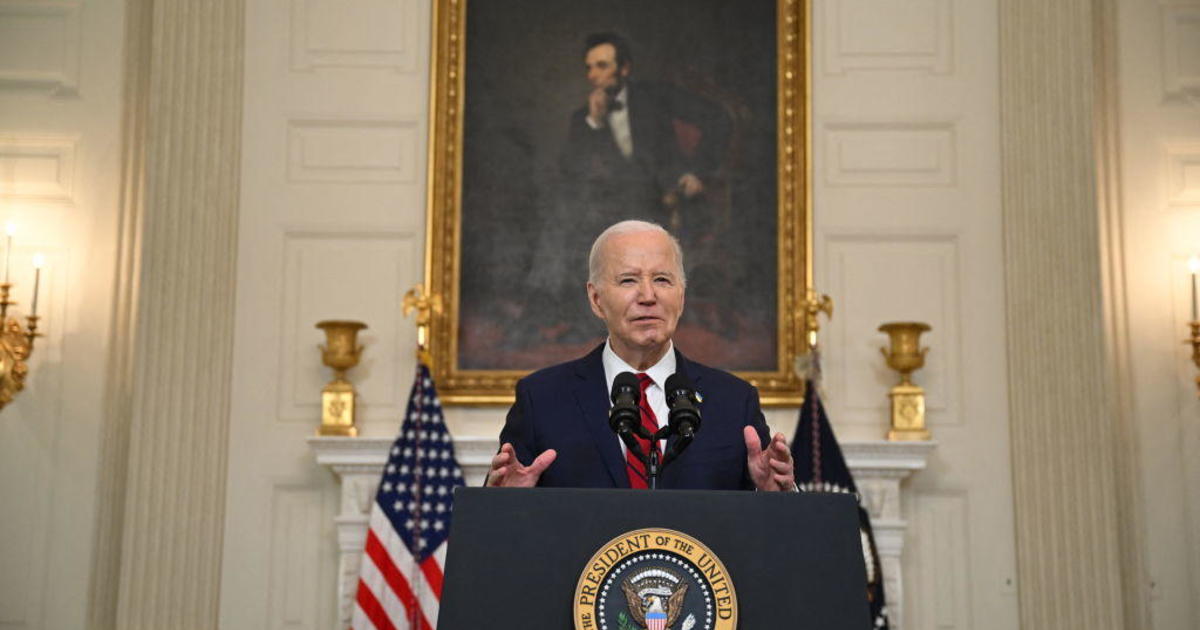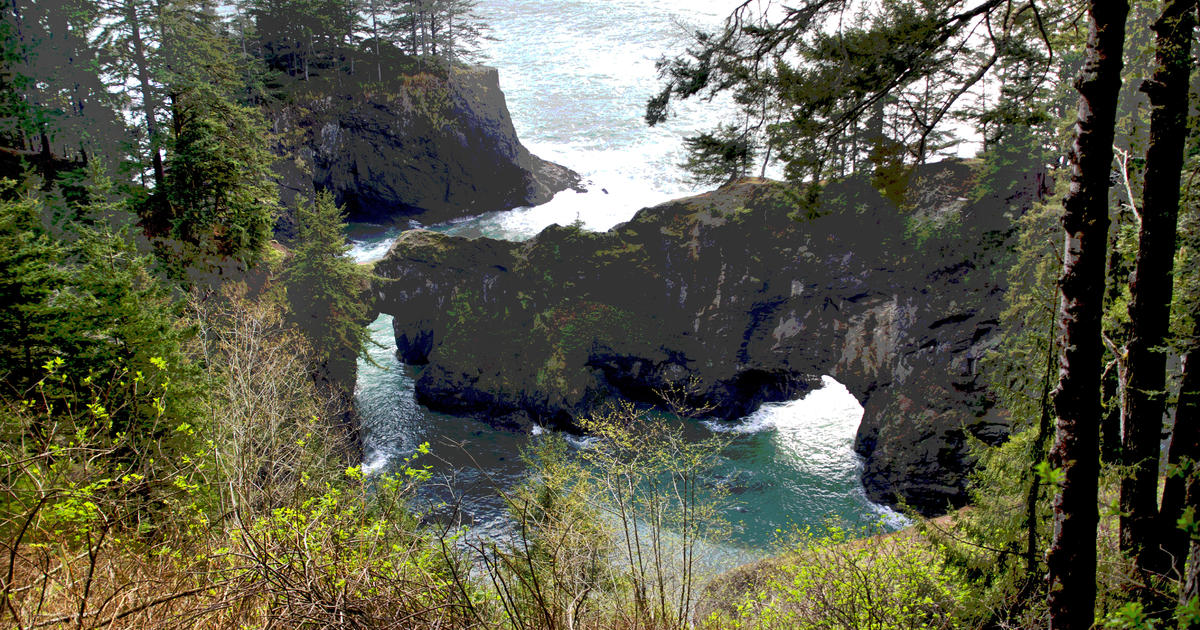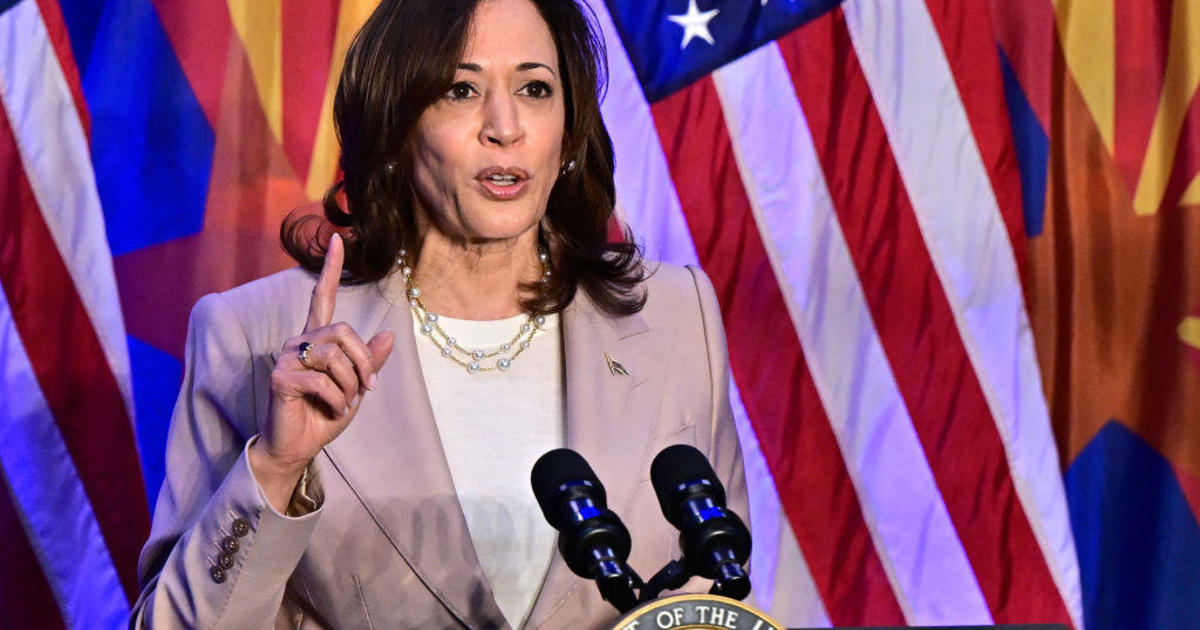A timeline of North Korea's nuclear tests
Following North Korea's latest nuclear provocation, here is a timeline North Korea's six nuclear tests, going back to its first, in 2006:
Sept. 3, 2017
North Korea said it set off a hydrogen bomb in its sixth nuclear test, which judging by the earthquake it set off, appeared to be its most powerful explosion yet.
South Korea's weather agency and the Joint Chiefs of Staff said an artificial 5.7 magnitude quake occurred at 12:29 p.m. local time, in Kilju, northern Hamgyong province, the site where North Korea has conducted nuclear tests in the past. Seoul officials revised their earlier estimate of 5.6 magnitude quake. The U.S. Geological Survey called the quake an explosion with a magnitude 6.3.
Sept. 9, 2016
North Korea said it conducted a "higher level" nuclear warhead test explosion, which it trumpeted as finally allowing it to build "at will" an array of stronger, smaller and lighter nuclear weapons. It is Pyongyang's fifth atomic test and the second in eight months.
A 5.3-magnitude tremor, detected in a remote area of North Korea, near the Punggye-ri test site, was the first sign of the test. At the time, Seoul estimated it had produced the North's biggest-ever explosive yield.
The test came just after the U.S. and South Korea held their annual joint military exercises.
Jan. 6, 2016
North Korea claimed it had conducted a hydrogen bomb test. North Korean state television claimed the regime had tested a "miniaturized" hydrogen bomb, elevating the country's "nuclear might to the next level" and providing it with a weapon to defend itself against the United States and its other enemies.
While the North was said to have deemed the test a "perfect success," Seoul's intelligence agency said the device may not have been a hydrogen bomb, South Korea's Yonhap News Agency reported, according to Reuters. Reuters also reported South Korea's meteorological agency said it hadn't detected any radiation after the supposed test.
Japan's government also said its environmental detectors noted no radiation after the claimed test. The U.S. Air Force also sent a WC-135 Constant Phoenix "sniffer" aircraft to test for radiation.
Feb. 12, 2013
North Korea claimed to have successfully detonated a miniaturized nuclear device at a northeastern test site, state media said, defying U.N. Security Council orders to shut down atomic activity or face more sanctions and international isolation.
South Korea confirmed that the North had indeed carried out the test, and condemned it.
Official North Korean state media said the test was conducted in a safe manner and is aimed at coping with "outrageous" U.S. hostility that "violently" undermines the North's peaceful, sovereign rights to launch satellites. North Korea faced sanctions after a December launch of a rocket the U.N. and Washington called a cover for a banned missile test.
South Korea said earlier Tuesday that the size of the seismic activity indicated a nuclear explosion a bit bigger larger than Pyongyang's two previous tests, of 6-7 kilotons, Reuters notes. The bomb dropped by the U.S. on Hiroshima bomb was around 20 kilotons.
The North said it used a "lighter, miniaturized atomic bomb" that still has more explosive force than devices tested previously.
May 25, 2009
North Korea said that it had carried out a powerful underground nuclear test -- its second test, which was much larger than one the regime conducted in 2006.
The test was conducted in Kilju, in northeastern North Korea, the South Korean government said. South Korea and the U.S. were said to have been caught off-guard by the test, The New York Times reported at the time.
Analysts cited by the Times believed that this test was meant to be a show of strength during a succession crisis, given that North Korean leader Kim Jong Il was thought to have had a stroke a few months earlier, in August. The test, the North hoped, would ease the transition to Kim Jong Un, by proving the regime's military prowess.
Oct. 9, 2006
The North announced its first nuclear test -- in North Hamgyong Province, according to the Times, which pointed out that this was an area U.S. spy satellites had been long monitoring.
The U.S. Geological Survey said it had detected a tremor of 4.2 magnitude on the Korean Peninsula, the Times noted at the time.
However, this test was considered by many experts to have been a fizzle, with a low explosive yield of just about 1 kiloton. Most other nuclear states had conducted initial tests ranging from 10 - 20 kt, the Belfer Center on International Affairs noted. But the Belfer Center also pointed out that the North may have intended to produce a small explosion -- it told China that it was aiming for a 4-kt test.



